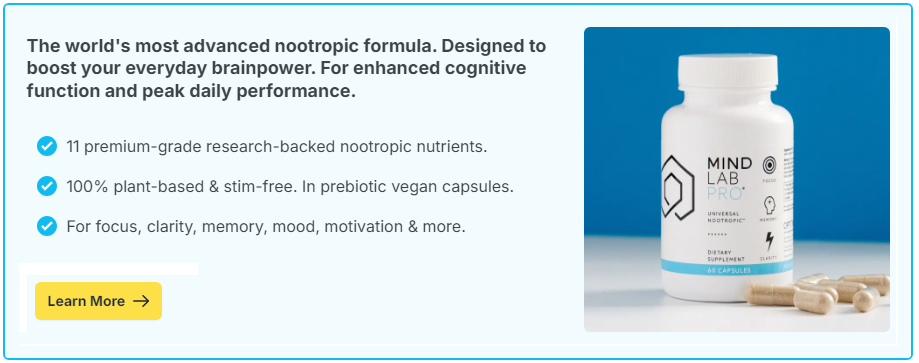
Want to boost your brainpower and reduce stress at the same time? Meditation isn’t just about relaxation—it’s also a powerful tool for improving memory, focus, creativity, and cognitive function.
Research shows that meditation can increase gray matter in the brain, enhance neural connections, and even slow down age-related cognitive decline.
Here are 7 of the most effective meditation techniques for optimizing brain health and mental performance.
Contents
- 1. Mindfulness Meditation (The Gold Standard for Brain Health)
- 2. Transcendental Meditation (Effortless Deep Relaxation)
- 3. Focused Attention Meditation (Sharpen Your Concentration)
- 4. Loving-Kindness Meditation (Boosts Emotional Intelligence & Well-Being)
- 5. Body Scan Meditation (Reduces Stress & Improves Sleep)
- 6. Visualization Meditation (Strengthens Creativity & Problem-Solving)
- 7. Walking Meditation (Meditation in Motion)
1. Mindfulness Meditation (The Gold Standard for Brain Health)
Why it works: Mindfulness meditation trains your brain to stay present, reducing stress and improving focus.
The science: Studies show that mindfulness meditation increases gray matter density in brain regions linked to memory, learning, and self-awareness.
How to do it: Sit quietly, focus on your breath, and observe your thoughts without judgment. Start with 5–10 minutes a day.
2. Transcendental Meditation (Effortless Deep Relaxation)
Why it works: This technique promotes deep relaxation, reduces stress hormones, and enhances brain connectivity.
The science: Research suggests that Transcendental Meditation (TM) increases alpha brainwave activity, which is associated with relaxation and creativity.
How to do it: Repeat a personal mantra (a simple sound or word) silently in your mind for 15–20 minutes, twice a day.
3. Focused Attention Meditation (Sharpen Your Concentration)
Why it works: Training your brain to focus on a single object or sensation strengthens attention and reduces mind-wandering.
The science: Studies show that focused attention meditation improves cognitive control and strengthens the prefrontal cortex.
How to do it: Focus on your breath, a candle flame, or a sound (like a ticking clock). Each time your mind wanders, gently bring it back to your focus point.
4. Loving-Kindness Meditation (Boosts Emotional Intelligence & Well-Being)
Why it works: This technique enhances positive emotions and strengthens social connections, reducing anxiety and depression.
The science: MRI scans show that Loving-Kindness Meditation increases activity in the brain regions associated with empathy and emotional regulation.
How to do it: Silently repeat phrases like “May I be happy, may I be healthy” while directing the same wishes toward others.
5. Body Scan Meditation (Reduces Stress & Improves Sleep)
Why it works: This technique relaxes the nervous system and enhances body-mind awareness.
The science: Studies show that body scan meditation reduces stress, improves sleep quality, and enhances interoception (your ability to sense internal body states).
How to do it: Lie down and mentally scan your body from head to toe, noticing any tension or sensations without judgment.
6. Visualization Meditation (Strengthens Creativity & Problem-Solving)
Why it works: Imagining positive scenarios or outcomes helps rewire the brain for success and resilience.
The science: Neuroscientists have found that visualization strengthens neural pathways, improving memory and creativity.
How to do it: Picture yourself achieving a goal, visualize a calming scene, or imagine a golden light filling your body with energy.
7. Walking Meditation (Meditation in Motion)
Why it works: Moving meditation enhances brain function by combining mindfulness with physical activity.
The science: Walking meditation has been shown to improve working memory, reduce stress, and boost focus.
How to do it: Walk slowly and deliberately, focusing on each step and your breath. Feel the sensation of the ground beneath your feet.
Interested in more brain health listicles? Go HERE

